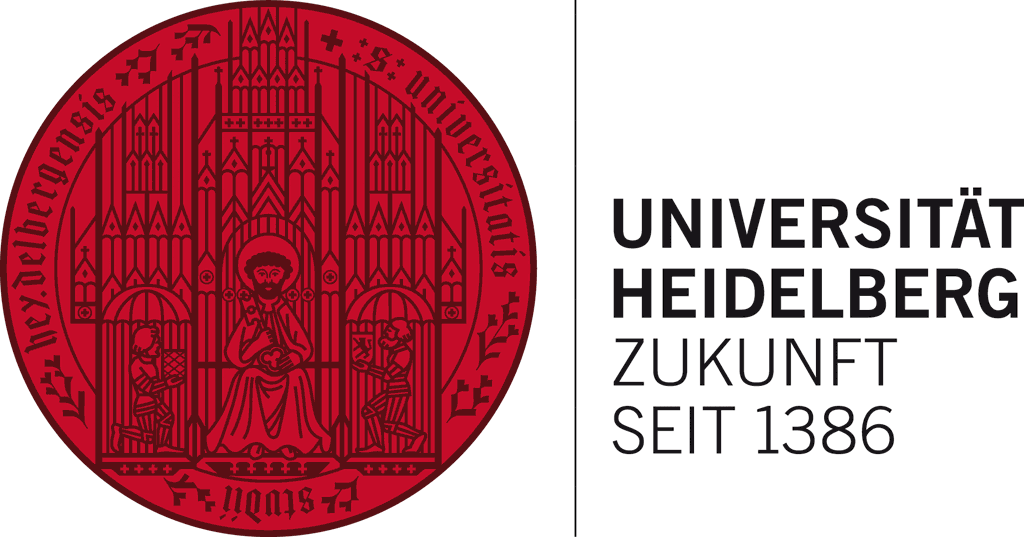TTU 05.823
"Extrahepatic manifestation of HEV (HEV-Extra) and novel therapeutic options (HEV-Cure)"
Short Summary
Hepatitis E virus (HEV) is a non-enveloped single-stranded RNA virus and a common cause of acute hepatitis in humans worldwide. The far majority of infections are clinically silent. Nevertheless, some patients (< 1%) develop acute or acute-on-chronic liver failure. Usually, patients with acute HEV infection clear the virus spontaneously due to a broad and vigorous cellular and humoral immune response. However, immunosuppressed patients such as organ transplant recipients can develop chronic hepatitis E with the risk for progression to liver fibrosis and cirrhosis.
There is currently no approved therapy for life-threatening acute or chronic hepatitis E. Ribavirin (RBV, off label) can be used in patients with chronic infection inducing clearance in about 85% of patients. However, novel treatment strategies are urgently needed for patients with acute liver failure orhere is currently no approved therapy for life-threatening acute or chronic hepatitis E. Ribavirin (RBV, off label) can be used in patients with chronic infection inducing clearance in about 85% of patients. However, novel treatment strategies are urgently needed for patients with acute liver failure orhe Heidelberg site actively contributes to WP1, 2, and 3 by providing stem cell-derived culture systems permissive for HEV infection. For example, we are currently evaluating the neutralizing potency of identified antibodies in WP1 on HEV in stem cell-derived hepatocytes. HEV-infection of HLCs will be used in T-cell cytotoxicity assays in WP2. We also setup stem cell differentiation to other HEV-permissive tissues, such as neuronal and intestinal organoids to study the determinants of extrahepatic manifestations (WP3 and 4)
Highlights
- None
DZIF Partner Site Heidelberg


Contact Info
Phone: ( 49) 6221 - 56 310787
dzif.heidelberg@med.uni-heidelberg.de
Department of Infectious Diseases
In Neuenheimer Feld 344
69120 Heidelberg, Germany






